Senegal
Welcome to Senegal
Senegal, often called “The Country of Teranga,” which means hospitality in the Wolof language, warmly welcomes travelers to experience its rich culture, stunning landscapes, and vibrant history. Located on the west coast of Africa, Senegal offers a unique blend of African heritage and French colonial influence, making it a fascinating destination for those seeking an authentic and diverse travel experience.
Senegal is a country of remarkable diversity, both culturally and geographically. Its population in 2025 is estimated to be around 18 million people, predominantly Wolof-speaking, with French as the official language. The capital city, Dakar, is a bustling metropolis known for its lively markets, nightlife, and historical sites. Beyond Dakar, Senegal boasts the charming colonial town of Saint Louis, a UNESCO World Heritage Site, famous for its iron balconies and vibrant arts scene. The country's landscapes vary from golden Atlantic beaches and tropical rainforests to semi-arid grasslands and wetlands teeming with migratory birds. The southern Casamance region is particularly noted for its palm-fringed beaches and lush scenery, while the southeast offers mountainous terrain with the country's highest elevation near Népen Diakha.
1.
Rich Cultural Experience and Warm Hospitality
Senegal is renowned for its welcoming people and deep-rooted traditions. Visitors often find themselves invited to share tea or meals, experiencing the genuine warmth known as Teranga. The country’s cultural tapestry is reflected in its music, art, and cuisine, which blends African, Maghrebi, French, and Portuguese influences. From bustling Dakar markets to local music scenes on street corners, Senegal offers an immersive cultural journey.
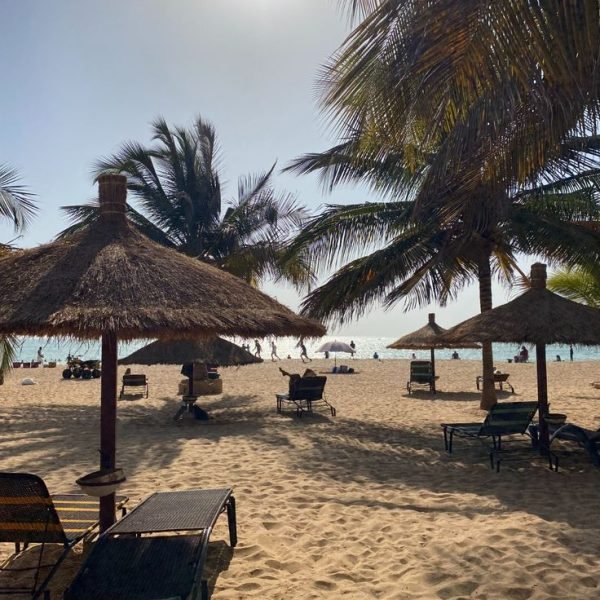
2.
Diverse Attractions and Natural Beauty
Senegal offers something for every traveler. History enthusiasts can explore Goree Island and the House of Slaves, while nature lovers can visit the Langue de Barbarie nature reserve or the wetlands rich in biodiversity. Saint Louis, with its colonial charm and creative spaces like Mupho Saint Louis art gallery, is a must-visit. The country’s beaches, forests, and wildlife reserves provide ample opportunities for adventure and relaxation.
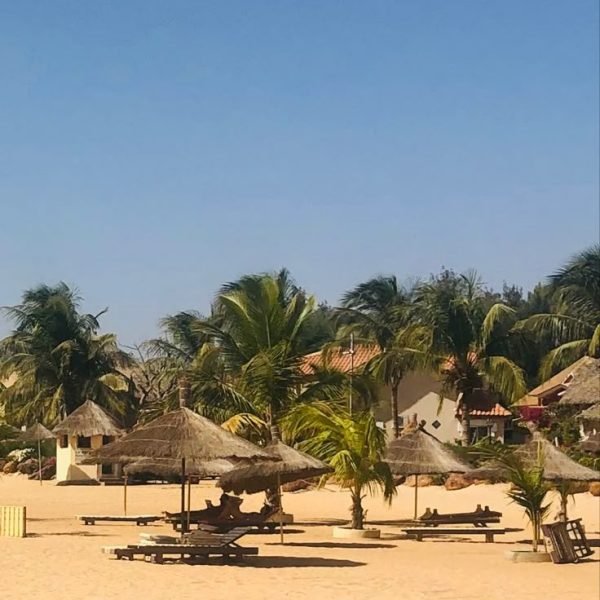
Planning Your Trip
Visa Information
Most travelers to Senegal require a visa, which can be obtained from Senegalese embassies or consulates prior to arrival. Citizens from ECOWAS (Economic Community of West African States) member countries often enjoy visa-free entry. It is advisable to check the latest visa requirements based on your nationality before planning your trip.
Best Time to Visit
The ideal time to visit Senegal is during the dry season, which runs from November to May. This period offers pleasant weather, making it perfect for sightseeing, beach activities, and outdoor adventures. The rainy season, from June to October, brings heavy rains and humidity, which might hamper travel plans but also brings lush green landscapes.
Getting To and Around
Most international travelers arrive via Blaise Diagne International Airport, located about 45 kilometers from Dakar. The airport is well connected with major cities in Europe and Africa. Within Senegal, transportation options include domestic flights, buses, shared taxis (known as “car rapides”), and private car hires. Dakar’s public transport and taxis are convenient for city travel, while renting a car or joining guided tours can be ideal for exploring rural areas and distant attractions.
Senegal’s road network is generally good, especially between major cities, but some rural routes can be challenging. For a more relaxed experience, consider hiring local guides or joining organized tours, especially if venturing into off-the-beaten-path regions.
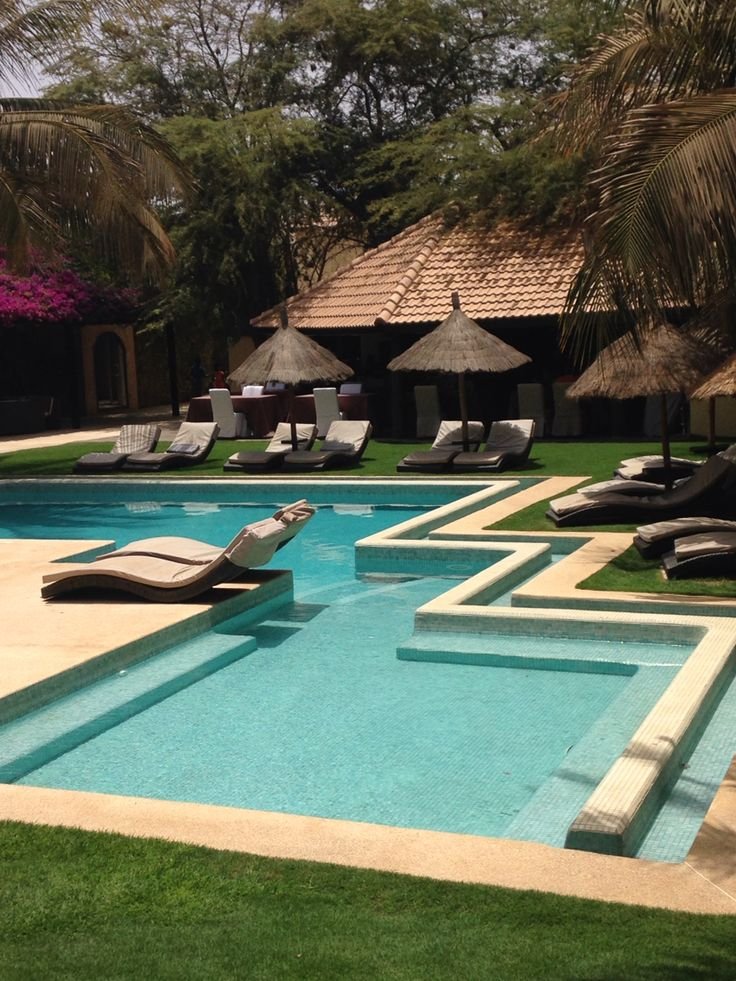
Accommodation
Senegal offers a wide range of accommodation options to suit every traveler’s preference and budget, from luxury resorts and boutique hotels to charming guesthouses and budget-friendly hostels. Whether you prefer the vibrant energy of Dakar or the tranquil beaches of Saly and Casamance, you will find comfortable places to stay with excellent amenities.
Accommodation Options
In Dakar, the capital city, visitors can choose from modern hotels such as the Pullman Dakar Teranga and Azalaï Hôtel Dakar, which offer contemporary comforts including air conditioning, Wi-Fi, and swimming pools. For those seeking beachfront luxury, the Royal Horizon Baobab Resort provides an all-inclusive experience with bungalows right on the beach, complete with verandas and sun loungers for relaxing by the ocean. Many hotels in Dakar also feature on-site restaurants serving both international and Senegalese cuisine, making it easy to enjoy local flavors without leaving your accommodation.
Outside the capital, popular resort towns like Saly and Ngaparou are known for their beachside hotels and lodges. Properties such as Hôtel La Belle Etoile & SPA in Saly offer outdoor pools, spa facilities, and gardens, creating a peaceful retreat after a day of exploring. In Ngaparou, boutique guesthouses like Maison de Clara provide a cozy atmosphere with amenities such as infinity pools and fitness centers, all within walking distance of the beach.
For travelers looking for more authentic and intimate stays, Senegal has numerous guesthouses and ecolodges, especially in regions like Casamance and Saloum. These accommodations often emphasize eco-friendly practices and local culture, with opportunities to enjoy nature, birdwatching, and traditional meals prepared by local hosts. Ecolodges such as Bazouk Du Saloum offer serene environments surrounded by nature, perfect for those wanting to disconnect and unwind.
Budget travelers will find affordable options in hostels and smaller hotels, particularly in Dakar and Saint Louis. Many of these offer clean, basic rooms with shared facilities, providing a great way to meet fellow travelers and experience Senegalese hospitality firsthand.
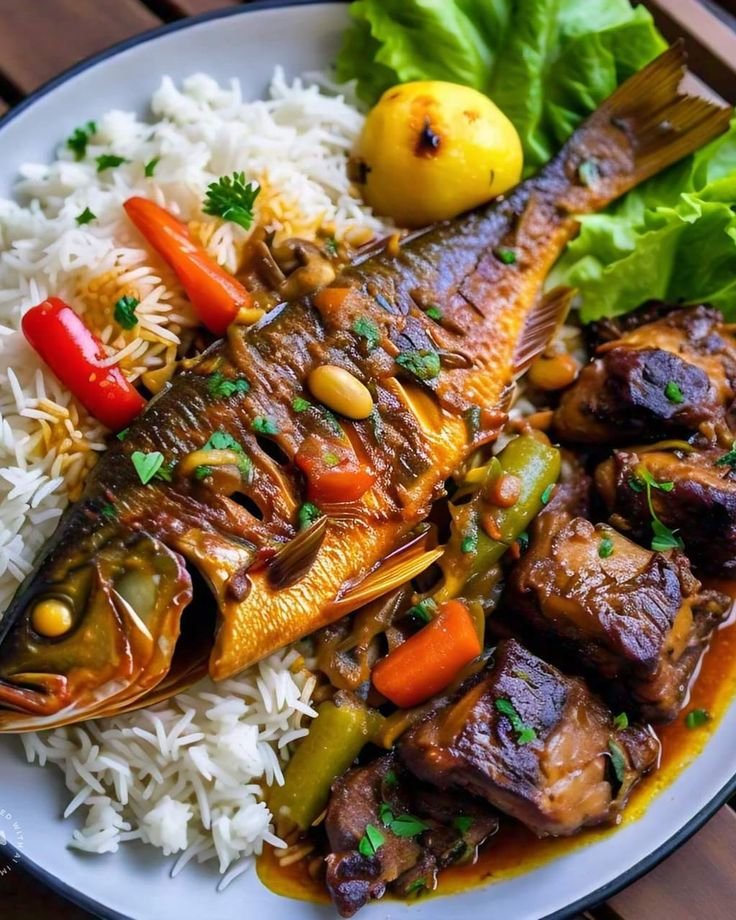
Food and Drink
Senegalese cuisine is a vibrant reflection of the country’s diverse cultural influences, blending African, French, and Portuguese flavors into dishes that are both hearty and flavorful. Food is a central part of Senegalese life, and sharing meals is an important social tradition.
Senegalese cuisine is a vibrant reflection of the country’s diverse cultural influences, blending African, French, and Portuguese flavors into dishes that are both hearty and flavorful. Food is a central part of Senegalese life, and sharing meals is an important social tradition.
The national dish, thieboudienne (also spelled ceebu jën), is a must-try for visitors. It consists of fish cooked with rice, tomatoes, and a variety of vegetables such as carrots, cassava, and eggplant, all simmered together to create a rich and aromatic one-pot meal. Variations include thiebou yapp (with beef) and thiebou guinar (with chicken).
Street food is widely available and offers a delicious way to sample local flavors on the go. Popular snacks include fataya (fried pastries filled with fish or meat), accara (black-eyed pea fritters), and mafé, a peanut-based stew often served with rice. Fresh fruit juices made from mango, bissap (hibiscus), and tamarind are refreshing choices in the warm climate.
Senegal is also famous for its coffee culture, influenced by French traditions. Cafés in Dakar and other cities serve strong coffee, often accompanied by sweet pastries. For those interested in local beverages, bissap juice is a tart, hibiscus-based drink enjoyed throughout the country, and gingembre (ginger juice) offers a spicy, invigorating option.
Seafood lovers will appreciate Senegal’s coastal location, which means fresh fish, shrimp, crab, and oysters are abundant and featured prominently in many dishes. Coastal towns like Dakar and Saint Louis have excellent seafood restaurants where you can enjoy grilled fish or seafood platters seasoned with local spices.
Dining in Senegal is often a communal experience, with meals served on large platters for sharing. This tradition fosters a sense of community and hospitality, inviting visitors to engage with locals and savor the full sensory experience of Senegalese cuisine.
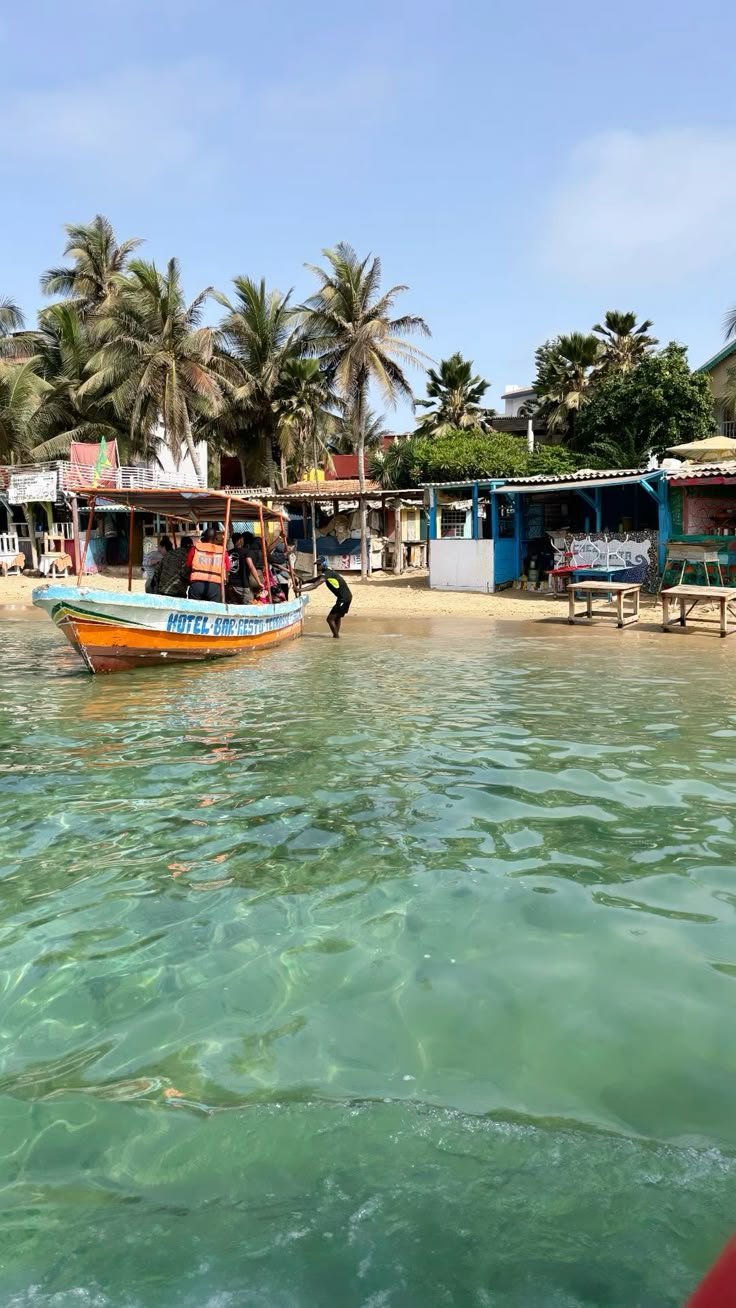
Must-See Attractions
Senegal is a country rich in history, culture, and natural beauty, offering numerous attractions that captivate every type of traveler. Here are some of the top must-see sights to include in your 2025 itinerary:
- Gorée Island
A UNESCO World Heritage Site, Gorée Island is a poignant symbol of the transatlantic slave trade. Visitors can explore the Maison des Esclaves (House of Slaves), a centuries-old building that served as a holding place for enslaved Africans before their forced departure. The island’s narrow streets, colonial architecture, and peaceful ocean views create a reflective atmosphere that combines history with beauty. Guided tours provide deep insights into Senegal’s past and the resilience of its people. - African Renaissance Monument
Standing at 49 meters tall, this bronze statue near Dakar is believed to be the tallest in Africa. It depicts a man, woman, and child rising from the ground, symbolizing Africa’s emergence and progress. Visitors can take an elevator to the top for panoramic views of Dakar and the Atlantic Ocean. The monument is a modern symbol of pride and hope, often visited alongside the nearby Phare des Mamelles lighthouse, which offers a rooftop restaurant and lively nightlife. - Lake Retba (Lac Rose)
Famous for its striking pinkish hue caused by algae, Lake Retba is a unique natural wonder. Although the pink color has diminished in recent years, the lake remains a fascinating site due to its high salt concentration, which allows visitors to float effortlessly. Salt harvesting is a traditional livelihood here, and watching workers collect salt is a cultural experience. The surrounding dunes also offer opportunities for quad biking and 4×4 excursions. - Bandia Wildlife Reserve
Located about an hour from Dakar, Bandia is a serene reserve where visitors can see a variety of African wildlife, including giraffes, rhinos, zebras, and antelopes. Guided safari tours provide close encounters with these animals in a natural setting, making it a great alternative to the more famous East African safaris. - Saint Louis
This charming colonial town, also a UNESCO World Heritage Site, is known for its French architecture, vibrant arts scene, and the famous Pont Faidherbe bridge. Saint Louis hosts the annual Saint Louis Jazz Festival, attracting musicians and visitors from around the world. Its laid-back atmosphere and historic streets make it a cultural highlight. - Saloum Delta National Park
A lush, water-filled delta with mangroves, salt marshes, and islands, the Saloum Delta is a paradise for birdwatchers and nature lovers. Boat tours allow visitors to explore the rich biodiversity, including pelicans, flamingos, and other migratory birds, while enjoying the peaceful natural environment. - Ngor Island
Just off the coast of Dakar, Ngor Island offers a tranquil beach escape with crystal-clear waters and a relaxed vibe. It’s less touristy than Gorée Island, providing an authentic local beach experience. Visitors can enjoy fresh seafood, stroll through narrow village streets, or simply relax on the sandy shores. - House of Slaves (Maison des Esclaves)
Located on Gorée Island, this museum is a sobering reminder of the slave trade era. It is a place for reflection and education about the human cost of slavery, with exhibits and guided tours that explain the history and legacy of this dark chapter.
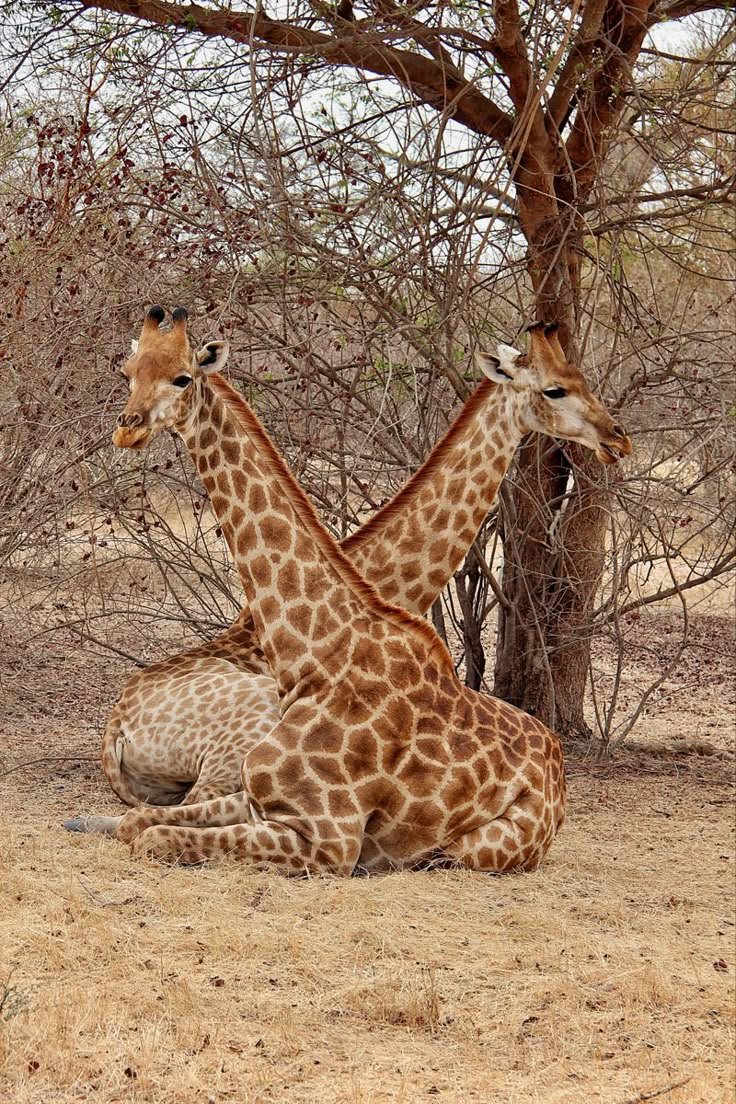
Must-Do Activities
Beyond sightseeing, Senegal offers a wealth of activities that immerse visitors in its culture, nature, and vibrant lifestyle:
- Explore Dakar’s Markets and Art Scene
Dakar is a bustling city where markets like Marché HLM and Kermel Market offer colorful stalls selling everything from fabrics and crafts to fresh produce. The Village des Arts is a must-visit for art lovers, showcasing contemporary Senegalese artists and providing a glimpse into the country’s creative pulse. - Take a Boat Tour in the Saloum Delta or Langue de Barbarie National Park
These protected areas are ideal for eco-tourism. Boat tours through mangroves and wetlands offer sightings of diverse bird species, hippos, and other wildlife. It’s a peaceful way to connect with Senegal’s natural environment and learn about conservation efforts. - Visit the Pink Lake and Try Quad Biking
Even though the lake’s color has faded, the area remains popular for its unique landscape. Visitors can rent quad bikes to ride the surrounding dunes or take a 4×4 tour along the nearby beaches, combining adventure with scenic views. - Attend a Traditional Music or Dance Performance
Senegal is famous for its music, particularly Mbalax, a genre blending traditional rhythms with modern influences. Live music venues in Dakar and Saint Louis often feature performances by local artists. Experiencing a concert or dance show is a great way to feel the country’s vibrant spirit. - Enjoy Water Sports in Saly
Known as Senegal’s answer to the French Riviera, Saly is a beach resort town where visitors can indulge in jet skiing, sailing, and fishing. The town’s laid-back atmosphere and palm-lined beaches make it ideal for relaxation and water-based fun. - Visit the African Renaissance Monument and Climb to the Top
Beyond admiring the monument from below, visitors can take an elevator ride inside to reach the viewing platform. The panoramic views of Dakar and the Atlantic coastline are breathtaking, especially at sunset. - Explore Historic Saint Louis by Bicycle
Renting a bike is a popular way to discover Saint Louis. Pedal through its colonial streets, cross the iconic Pont Faidherbe, and visit local markets and galleries. The town’s compact size and flat terrain make cycling enjoyable and convenient. - Go on a Safari at Fathala Wildlife Reserve
Located in the south near the border with The Gambia, Fathala offers guided safaris where you can see lions, giraffes, rhinos, and other wildlife roaming freely. The reserve combines adventure with conservation, providing a memorable wildlife experience. - Relax on the Beaches of Casamance
The southern Casamance region is known for its beautiful, less crowded beaches lined with palm trees. Towns like Cap Skirring offer a peaceful retreat with opportunities for swimming, sunbathing, and exploring local fishing villages. - Visit the Mosque of the Divinity in Dakar
This striking mosque is an architectural landmark with its unique design and spiritual significance. Visitors can admire the building’s intricate details and learn about Senegal’s Islamic heritage.

Travel Tips
Traveling to Senegal in 2025 promises a rich and rewarding experience filled with vibrant culture, stunning landscapes, and warm hospitality. To make the most of your trip while staying safe and respectful, here is a comprehensive guide covering essential travel tips, safety advice, local customs, and basic language pointers.
Safety Advice
- General Safety
Senegal is politically stable with no severe travel advisories for most areas. However, caution is advised in certain regions, particularly the Casamance area in the south, where a low-level separatist insurgency exists. While tourist hubs like Dakar, Saint Louis, and Gorée Island remain safe, avoid traveling at night, stick to main roads, and travel in groups when possible. Avoid stopping if someone tries to flag you down on the road, and be aware that some rural roads can be rough and poorly lit. - Crime Prevention
Petty crime such as pickpocketing and bag snatching can occur, especially in crowded markets, tourist sites, and public transport. Keep valuables secure and avoid displaying expensive items like jewelry or cameras openly. Carry limited cash and split it between pockets or bags. Use hotel safes for passports and extra money. Be cautious of distractions or overly friendly strangers who may have ulterior motives. Women travelers should take extra care, avoid walking alone at night, and stay in well-populated areas. - Transport Safety
Road conditions vary. Main highways are generally in good shape, but secondary roads can be challenging, especially during the rainy season (June to September). Driving standards differ from Western countries; expect sudden maneuvers and poorly maintained vehicles. Avoid driving at night due to poor lighting and road hazards. Use only officially marked taxis (yellow and black) and negotiate fares before boarding, as meters are not commonly used. Avoid unregistered taxis and overcrowded public transport. - Health and Emergencies
Before traveling, ensure your vaccinations are up to date, including hepatitis B and yellow fever. Malaria prophylaxis is recommended. Drink bottled or purified water and eat freshly cooked food to avoid stomach issues. In case of medical emergencies, call 15 or go to the nearest hospital. The tourist police can be reached at 33 860 3810 for assistance, and general police hotlines are also available. - Emergency Numbers
- Police (Tourist Police): 33 860 3810
- General Police: 800-00-20-20 or 800-00-17-00
- Fire and Rescue: 18
- Medical Emergencies: 15
Local Customs
Senegal’s culture is deeply rooted in tradition, religion, and a strong sense of community. Understanding and respecting local customs will enrich your experience and help you connect with locals.
- Dress Modestly
Senegal is a predominantly Muslim country, and modesty in dress is important, especially outside major cities and tourist resorts. Men should avoid wearing shorts in public areas, opting instead for long trousers and shirts with sleeves. Women are advised to wear loose-fitting clothes that cover shoulders and knees. During the holy month of Ramadan, dress codes become stricter, and it’s respectful to avoid revealing attire. - Respect Religious Practices
Islam is the dominant religion, and many Senegalese observe daily prayers and religious festivals. During Ramadan, avoid eating, drinking, or smoking in public during daylight hours as a sign of respect. Alcohol is available but public drunkenness is frowned upon. When visiting mosques or religious sites, remove your shoes and dress appropriately. Avoid public displays of affection, which are generally not accepted, though holding hands is usually fine in urban areas like Dakar. - Greetings and Social Interaction
Senegalese people are known for their hospitality, or Teranga. Greetings are an important social ritual and often involve handshakes, sometimes accompanied by inquiries about health and family. It’s polite to greet elders first and use titles when addressing people. Sharing attaya(sweet mint tea) is a common social practice symbolizing friendship and welcome. - Photography Etiquette
Always ask permission before photographing people, especially women and children. Avoid taking pictures of government buildings, military sites, or police. Being discreet and respectful when using cameras will help avoid misunderstandings. - Bargaining and Tipping
Bargaining is expected in markets and with street vendors, but do so politely and with a smile. Tipping is appreciated but not mandatory; rounding up fares or leaving a small tip in restaurants and for guides is customary.
Language Basics
French is the official language of Senegal and widely spoken in urban areas, government offices, and education. However, several local languages are commonly used, with Wolof being the most prevalent and serving as a lingua franca across the country.
Basic Wolof Phrases:
- Jamm rekk (Peace only) — a common response to “How are you?”
- Naka nga def? (How are you?)
- Jërëjëf (Thank you)
- Waaw (Yes)
- Déedéet (No)
- Ba beneen (See you later)
- Nopp naa la (I like you) — useful in friendly conversations
- Ndank ndank (Slowly, slowly) — a phrase reflecting Senegal’s relaxed pace of life
Learning a few Wolof greetings and polite expressions will be warmly received and help build rapport with locals. In rural areas, Wolof and other ethnic languages such as Pulaar, Serer, and Mandinka are more commonly spoken than French.
Final Tips for a Smooth Journey
Additional Practical Tips
- Currency: The West African CFA franc (XOF) is the local currency. ATMs are available in major cities, but carry some cash when traveling to remote areas. Credit cards are accepted in larger hotels and restaurants but less so in markets or rural locations.
- Time Zone: Senegal operates on Greenwich Mean Time (GMT) year-round, with no daylight saving time.
- Electricity: The standard voltage is 220V with European-style two-pin plugs. Carry an adapter if needed.
- Internet and SIM Cards: Buying a local SIM card at the airport or in town is affordable and provides good coverage in urban and many rural areas. Popular providers include Orange and Tigo.
- Cultural Sensitivity: Avoid discussing sensitive political topics or the Casamance conflict unless with trusted locals. Show respect for elders and community leaders.
Senegal in 2025 is a welcoming and fascinating destination that rewards travelers who approach it with respect, awareness, and an open heart. By following practical safety advice—such as avoiding night travel, securing valuables, and using official taxis—you can enjoy your trip with peace of mind. Embracing local customs like modest dress, polite greetings, and sensitivity to religious practices will deepen your connection to Senegalese culture. Finally, learning a few basic Wolof phrases will open doors to genuine interactions and memorable experiences.
With these travel tips in hand, you are well-prepared to explore Senegal’s vibrant cities, historic sites, and breathtaking landscapes safely and respectfully, making your 2025 journey truly unforgettable.

